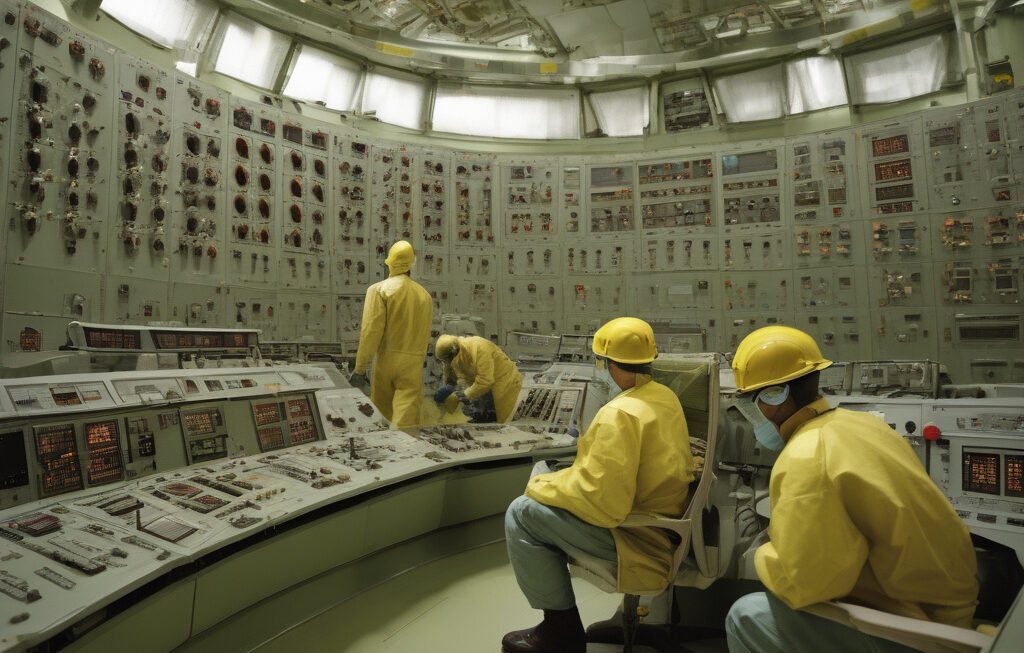US Chemists Find Hidden Energy Barrier in Water Splitting for Hydrogen Fuel Production
Water splitting has long been hailed as a promising path to clean hydrogen fuel. But recent research by a team of US chemists has uncovered a hidden energy barrier that could revolutionize the way we approach this process.
Hydrogen fuel has been touted as a clean and sustainable alternative to fossil fuels, with water splitting being a key method for producing this valuable energy source. The process involves using an electrical current to break water molecules into hydrogen and oxygen. However, the efficiency of water splitting has been limited by the high energy input required to overcome certain barriers in the reaction.
This is where the groundbreaking research by US chemists comes into play. By using advanced computational techniques, the team was able to identify a previously unknown energy barrier that significantly impacts the efficiency of water splitting. This discovery opens up new possibilities for improving the process and making hydrogen fuel production more cost-effective and environmentally friendly.
One of the key findings of the study is that the energy barrier in water splitting is not uniform across all reactions. Instead, certain steps in the process require much more energy than others, leading to overall inefficiencies. By pinpointing these high-energy barriers, researchers can now focus on developing strategies to lower them and optimize the water splitting process.
The implications of this research are far-reaching. As the world looks for cleaner and more sustainable energy sources, hydrogen fuel has emerged as a frontrunner. By addressing the hidden energy barriers in water splitting, we can unlock the full potential of this technology and accelerate the transition to a greener energy future.
In addition to the environmental benefits, improving the efficiency of water splitting could also have significant economic implications. As the demand for hydrogen fuel continues to rise, finding ways to produce it more efficiently and cost-effectively will be key to driving widespread adoption.
This research serves as a reminder of the importance of continuous innovation in the field of alternative energy. By challenging existing assumptions and pushing the boundaries of our knowledge, scientists and researchers can uncover hidden barriers and pave the way for new breakthroughs in clean energy technology.
As we look to the future, the discovery of hidden energy barriers in water splitting marks a significant step forward in the quest for sustainable energy solutions. By addressing these barriers head-on, we can unlock the full potential of hydrogen fuel production and create a cleaner, brighter future for generations to come.
hydrogenfuel, cleanenergy, watersplitting, sustainablefuture, researchbreakthrough












